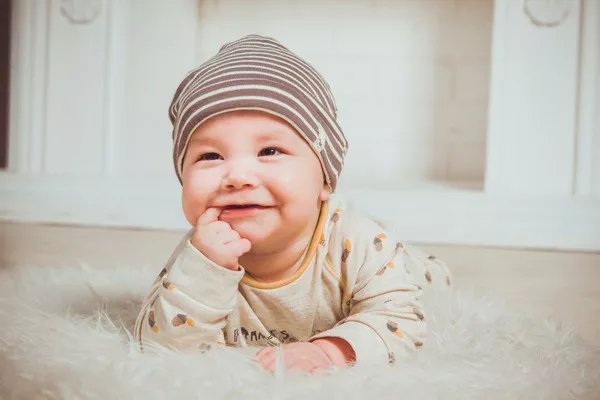In the exciting journey of preparing for the arrival of your little one, one of the key questions that often perplexes parents-to-be is, ”
1. Understanding Newborn Diaper Usage Patterns
Before you start stockpiling diapers, it’s essential to comprehend the typical usage patterns of newborns. On average, newborns go through 8 to 12 diapers a day, equating to around 300 diapers per month. However, individual variations exist, and factors such as feeding method, metabolism, and diaper change routines can influence the frequency.
1.1 Breastfed vs. Formula-Fed Babies
Breastfed babies tend to have more frequent bowel movements, resulting in a slightly higher diaper usage compared to formula-fed counterparts. Typically, breastfed infants may require up to 12 diapers per day, while formula-fed babies might fall within the 8 to 10 diapers range.
1.2 Diaper Changes and Sleep Patterns
Understanding your baby’s sleep patterns is crucial in estimating diaper needs. Babies who sleep longer stretches at night might require fewer changes during those hours, impacting the overall diaper consumption.
2. Building a Diaper Stockpile: Finding the Goldilocks Zone
Creating a diaper stockpile is a smart move, but finding the right balance is key. You don’t want to be caught off guard, but neither do you want to be drowning in unused diapers. Strive for the Goldilocks Zone – a perfect balance that ensures you’re well-prepared without excessive waste.
2.1 Diaper Sizing: A Critical Consideration
Newborn diapers come in different sizes, and babies grow surprisingly fast. It’s advisable to start with a small stock of newborn-sized diapers, as your little one may outgrow them within a few weeks. Transitioning to size 1 diapers is common around the one-month mark, so having a stash of these ready will prevent last-minute rushes to the store.
2.2 Calculating Diaper Needs for the First Month
To calculate your diaper needs for the first month, consider the average usage per day and multiply it by 30. Add a buffer of 10% to account for unexpected variations. This formula helps you strike the right balance between having enough and avoiding excessive stockpiling.
3. Environmental Considerations: Cloth vs. Disposable
In the age of increasing environmental awareness, the choice between cloth and disposable diapers is a significant consideration for many parents. Understanding the pros and cons of each option can guide your decision-making process.
3.1 Cloth Diapers: Eco-Friendly and Economical
Cloth diapers are reusable, reducing the environmental impact of disposable alternatives. While the initial investment is higher, the long-term cost is often lower. Additionally, modern cloth diapers come in user-friendly designs with adjustable sizing, ensuring a snug fit for your growing baby.
3.2 Disposable Diapers: Convenience at a Cost
Disposable diapers offer unparalleled convenience, especially for parents on the go. They are easy to use and dispose of, eliminating the need for laundry. However, their environmental impact and long-term cost are factors to consider when making an informed decision.
In conclusion, the quest to determine how many newborn diapers you need involves a careful consideration of usage patterns, sizing, and environmental preferences. By understanding your baby’s unique needs and planning accordingly, you can embark on the parenting journey with confidence, equipped with the right tools to keep your little one comfortable and content.


